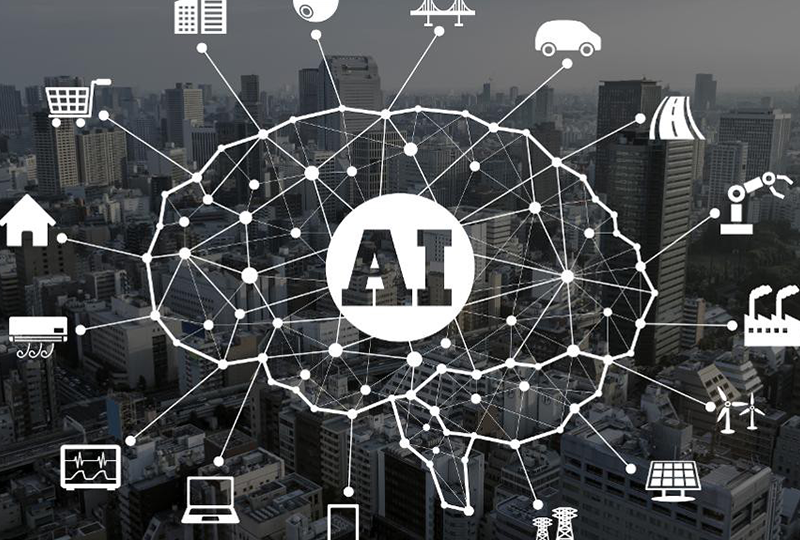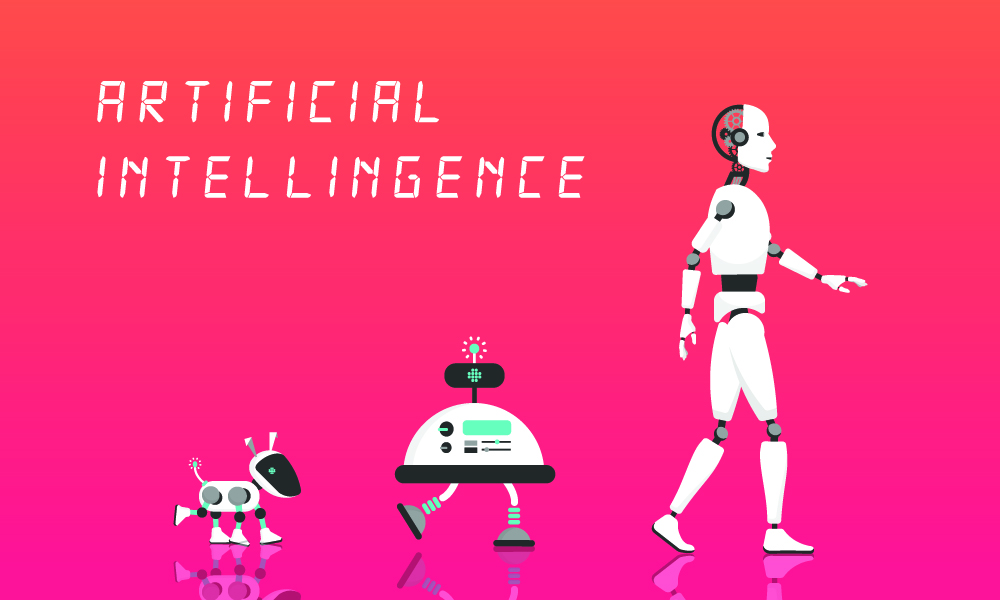
Why enterprise should Invest in Artificial Intelligence and Automation?
In these modern days, need of Artificial Intelligence’s is important in all the industries, that makes business process smarter, efficient, productive, cost effective.But the investing opportunities are not always obvious. Here’s how to integrate the theme AI into your portfolio.
Artificial intelligence implementation has the ability to enable elegant decision making. It influences entrepreneurs and innovators to develop products of great value that solves customer problem consistently. So, why do I not focus on investing in AI?
The most exciting things in science, technology and economics today is how to transform potential of artificial intelligence (AI) and automation according to their needs, but finding the right way to invest in the AI is not always obvious.
The intelligent machines, sometimes known as “the fourth industrial revolution,” has the power to change many aspects of the business world. While investment in AI and machine learning has come in and out of vogue since first discussed in the 1950s, the current mix of economic forces could unleash a wave of spending.

A One Trillion Industry by 2030
If the Artificial intelligence industry grows at the annual rate of 14.4% (my current estimate), it could reach nearly $1 trillion in revenues by 2030, based on AI replacing the projected shortfall of 18 million U.S. workers. With Europe, UK, Japan and China facing similar demographic defect, that growth estimate is likely conservative.
How to Invest?
Commercializing Artificial intelligence solutions is still in the starting stages. Many investors might begin the search among the company that provide the actual automation services
Our advice for investors: Gain knowledge to the technology across the Artificial intelligence ecosystem—upstream and downstream.
Upstream: AI upstream also existing with companies that structuring data(not just collecting data), as well as the expertise in training the machines with existing data. AI also requires latest sensors and control systems for implementation.
Downstream: The enterprise that make use of the latest technology created by AI are also beneficiaries of the new technologies.
Industries that have high worker costs tied to simple repetitive tasks (think fast food) are probably the most obvious beneficiaries of AI. Retail and consumer goods are likely to get benefit from improved profit, as labor costs shrink. Joining these AI technologies efficiently into business operations will prove difficult for some large firms.
Bottom Line: While Artificial Intelligence and automation are the exciting and promising technology in the world, but till these technology in this early stage. Investors who look on theme should keep well in mind to basic need of investing tenet of diversification—both in their broader portfolio and as it applies to the emerging AI sector.
